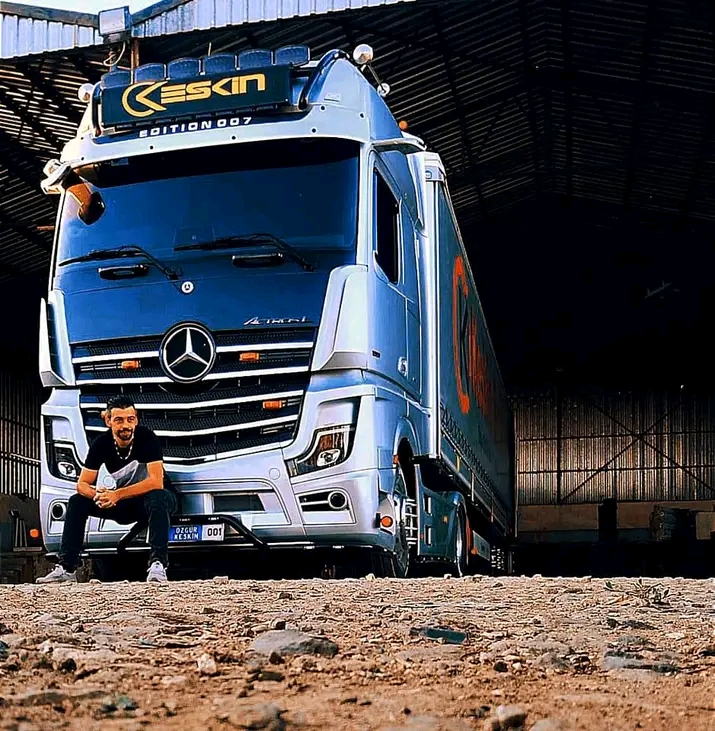Heykellerin İcadı Ve Tarihçesi – Invention of Sculpture


Heykel İcadı Ve Tarihçesi, Heykelcilik Türleri

🎉Sihirli Yelpaze Sunar🎭
Heykel ve heykelciliğin tarihi eski tarihlere dek uzanır. Dünyanın farklı bölgelerinde ki yapılan kazılarda mermer, ağaç, taş, pişmiş toprak, maden gibi çok türlü malzemelerden yapılmış heykel ve heykelcikler bulunmaktadır. Bunlar ve diğer heykeller üzerinde yapılan incelemelerden, heykellerin büyük bir çoğunluğunun çeşitli kavimlerin (hâşâ) ilah olarak nitelendirdikleri varlıkları tasvir ettikleri, bazılarının kral-kraliçe gibi hükümdar ailelerini, kahramanları ve kahramanlık olaylarını, bilim, sanat ve sporda meşhur olmuş insanları, bir kısmının da farklı insan ve hayvanları tasvir ettikleri anlaşılmıştır. Tarihi araştırmalar, ilk heykelin ne zaman ve kimler tarafından yapıldığı hakkında herhangi net bir sonuç ortaya koyamamaktadır.
Tarihi oldukça eski olduğu bilinen heykel ve heykelciliği bu derece yaygınlaştıran asıl neden, inançtır. Farklı devirlerde yaşamış insanların tapındıkları ve ilah olarak nitelendirdikleri şeylerin ağaç, taş, maden üzerine işlemeleri ve ibadetlerini bunlara karşı yapmaları, heykel ve heykelciliğe cemiyet hayatında geniş yer verilmesine neden olmuştur.
 |
| heykellerin icadı ve tarihi |
İlk çağ toplumlarında sanatçılar çoğunlukla var olan bir geleneği devam ettirir. Ortaya konan eser, toplumun ortak malı olarak kabul edilir. Haliyle eserler sanatçıları değil, üretildikleri kavim ve toplulukların ismiyle anılırlar.
Tarımsal çalışmaların başlamasıyla birlikte, verimsizlik sorununa çare olarak, Magna Mater (hâşâ, sözde) (Ana Tanrıça) heykelcikleri yapılmıştır. Bu heykelciklerin malzemesi ağaç veya topraktır. Heykeller genellikle aynı duruşu sergiler, kişisel özellik taşımazlar. Baş oranları vücudun geneline göre büyüktür. Üç boyutlu heykellerde bile uzuvlar çizilerek gösterilir. Heykel yüzeyleri çizilerek süsleme yoluna gidilir.
Heykelci (heykeltıraş) hem çizici hem de uygulayıcı kişidir. Heykelcilerin bir kısmı sadece ellerine verilen şekilleri ya oyarlar yada dökerler. Heykelcilikte; oyma, biçimleme, inşa ve birleştirme, döküm, bitirme gibi teknikler bulunur.
Heykelcilikte Eksiltme (Yontma)
Heykelci tek parça bir kütleyi istenen düzen içinde şekillendirir. Taş ve ahşap heykelciliğinde bu usul kullanılır.
Heykelcilikte Manipülasyon (Modelleme/biçimleme)
Şekillendirilebilir heykel malzemelerinin elle veya türlü aletlerle biçimlendirilmesi. Bunların maddesi kil, balmumu ve alçıdır.
Heykelcilikte Birleştirme (Yapılandırma/inşa)
Önceden şekillendirilmiş malzeme ve parçaların usulüne uygun olarak bir araya getirilmesidir. Birleştirme heykelcilikte, kumaş, sac, çıta, kalas, formika, cam, ip, metal borular vb. maddeler kullanılır.
Yerine geçme (Döküm)
Kil, balmumu gibi ara malzemeyle yapılan heykellerin çeşitli döküm teknikleri kullanılarak; bronz gibi dayanıklı malzemeyle dökülmesidir.
Bitirme işi
Bitmiş heykelleri perdahlama, cilalama, boyama ve yaldızlama gibi uygulamaların yapılmasına denir.
Günümüzde heykel ve heykelcilik
 |
| heykel ve heykelcilik türleri |
İnsanların heykellere tapmaya başlamasından sonra, heykelcilik bir sanat ve ticaret metası olmuştur. Yüzyıllar boyunca insanlar, her türlü malzeme ve maddelerden heykeller yapmışlar ve hatta bunları başka insanlara satarak geçimlerini sağlama yolunu tutmuşlardır. Arkeolojik kazılarda, türlü yörelerde bol miktarda bulunup müzelere konan heykeller bunu açıklamaktadır. Bilhassa mermerden yapılan heykeller, günümüze dek sanatsal özelliklerini muhafaza etmişlerdir.
Avrupa’da başlamış olan Rönesans hareketi ile heykelcilik ayrı bir değer kazanmıştır. Michelangelo, bu devirde yaşayan heykeltıraşların en ünlüsü olmuştur. Bu zamandaki heykellerin yapımı, süsleme sanatı ile birlikte gelişmiştir. Ayrıca heykeller, şimşir, ıhlamur, meşe ve ceviz gibi sert ağaçlar oyularak çok çeşitli ölçülerde yapılmıştır. Taştan yapılan heykellerin kırılması çabuk olduğundan, eski zamanlardan beri, mermer kullanılması daha yaygındır ve daha çok tercih edilmiştir. Zamanımızdaki heykeltıraşlar tarafından ekseriya mermer, bronz, tunç gibi kırılma tehlikesi daha az olan ve dayanıklılığı bulunan malzemeler kullanılmaktadır. Bunların yanında fildişinden heykel yapmak, eskiden olduğu gibi günümüzde de biblo şeklinde devam etmektedir.
🎉Sihirli Yelpaze Sundu🎭
Makalemizi paylaşmayı ve duygularınızı emoji simgeleriyle ifade etmeyi unutmayın 🤗





.jpeg)

.jpeg)

.jpeg)
.jpeg)

